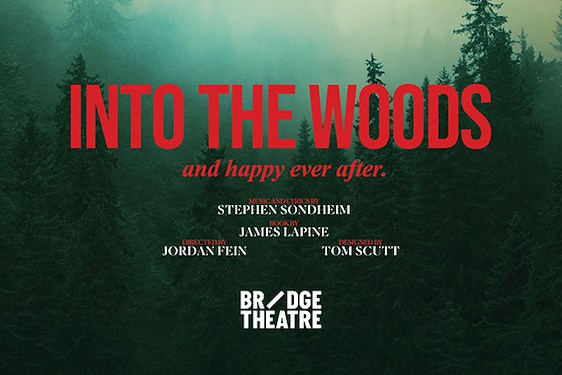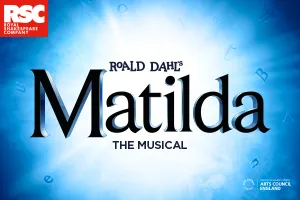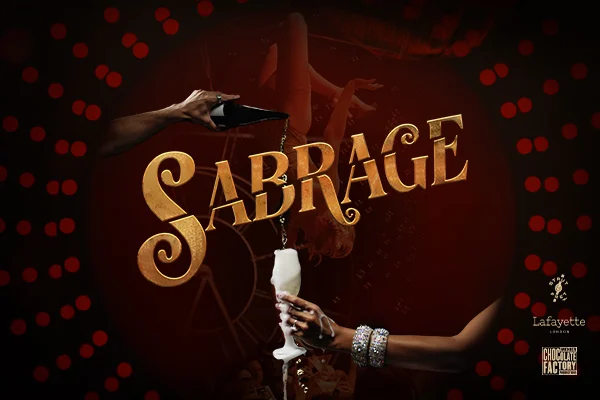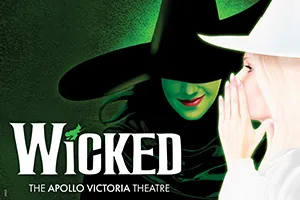We spoke with Ronan Colfer’s about his bold new play, Our Brothers in Cloth, at this year’s Edinburgh Fringe, that explores the wider impact of clerical sexual abuse on families and communities in the rural Ireland of his youth.
So much corruption and wrongdoing has been revealed to us over the years
This feels like a deeply personal piece - was your hometown affected by clerical child abuse and is that the inspiration?
Yes, it was affected by it, and yes it has been a big inspiration in writing the piece. As I was growing up it was all coming out in the papers and being reported about on the radio, albeit in a very sensitive manner, and the adults would shield us from it as much as possible, but still, we were able to grasp enough of the essential elements to understand what was happening, and what that was, from what I could gather, was that a bad man had done some very bad things and he was being held to account for it.
One of my earliest memories actually is of a small gathering of people outside the nearby grotto which had a statue of the Virgin Mary with three kneeling altar boys before her, and the plaque, which bore the name of the priest, being removed and replaced with a new one to erase any connection he had to the creation of that site. And even though I was very young, I remember the whispers and the stern faces as it was happening, which now, looking back on it, obviously had some effect on me for it to have stayed with me all these years.
Why has the issue been so difficult for Ireland to confront - and has it been fully confronted?
I believe our deep historical and cultural ties to Catholicism are part of the reason this issue is so difficult to confront—because addressing clerical child sex abuse also requires us to reckon with and condemn the Catholic Church as an institution that has shaped the nation’s morality and identity for centuries. Because when we examine this deeply disturbing and evil abuse, we don’t just see how many priests were involved (as detailed in the 2005 Ferns Report), but also how widespread the denial, neglect, and institutional cover-up truly were. Perhaps then, we as a culture need to ask ourselves, have the positives really outweighed the negatives?
Many of the older generations who grew up in a much more catholic-centred Ireland would say that it was more positive than negative, as they may have very fond memories of great community spirit, all of which sat under the umbrella of the Catholic Church. But I grew up in the 90s, and I think for people of my generation and beyond, the Catholic Church lost its place as an emblem of national identity and as a moral compass because so much corruption and wrongdoing has been revealed to us over the years. I really don’t think the Catholic Church can ever recover from the child sex abuse scandals that have come to light. It’s not just the abuse itself, but the decades of denial, systemic cover-ups, and additional horrors — like the Tuam babies and the Magdalene Laundries — that have shattered its standing in the hearts and minds of the Irish people. The dramatically low numbers of new entrants to the priesthood are a clear reflection of this disillusionment.
Your play addresses the intergenerational impact of abuse, rather thanconfining it to victim and perpetrator - tell us about that.
I wanted to examine the impact it had on the family and the community. I think the victim/perpetrator narrative, although equally as important and vital for us to look at also, has been told a lot. I think with a circumstance like this, with such strong emotion attached, it seemed much more difficult to me to create a structured narrative within that. Whereas seeing it through the lives of others gave me a much wider perspective of the happening to work from - i.e. the church’s cover ups, the denial in the community, the division within families. I think it’s these areas I wanted to explore more so than that of a victim/perpetrator story - although that is in there too, it’s just not the main emphasis.
Can theatre add something to our understanding of the issue beyond what official reports, news stories, public campaigns and legal cases can do?
I think what it does, and what film and TV can do too, is show us the people living inside the official reports and the news stories which in turn creates a completely new image and understanding of it in our minds eye. A window seat view into it if you will; where one gets to witness the reactions, the shock, the laughter, the disgust, the joy, and so on and so forth, as these intense situations unfold in real time. As audience members, we often form emotional bonds with these characters and even imagine ourselves in their place. Ultimately, this leads to a deeper understanding of how and why people make the choices they do—and, I suppose, we become a little less quick to judge.
How and why have you been working with activists and charities in bringing your production to the Fringe?
I felt it very important to reach out to activist Colm O’Gorman for a number of reasons. He was a victim of the very same priest that served in my village in the 70s and 80s and the reason that priest was charged and brought to court in 1999; he is the reason the Ferns Report - the biggest report of its time on clerical sex abuse - was published in 2005, and lastly, but certainly not least, Colm was also president of Amnesty International in Ireland which, as I’m sure most people will know, deals with so many kinds of injustices across the globe.
I had read Colm’s own autobiography as part of my research and I knew I had to reach out to him and make some kind of contact. Thankfully I was able to get to him through his social media platform and from there we started a conversation. Colm was so open to discussing it all with me and we spoke for about two hours initially where he spoke about everything to do with the case involving the priest from my hometown and his own charity organisation OneInFour which specifically helps victims of child sexual abuse, and he gave such passionate insight into the whole situation. I felt truly grateful and honoured to have had that conversation with someone who has been at the forefront of this cause for so many years. Their leadership over the past three decades has been remarkable, and their ability to transform such a negative experience into something so powerfully positive was truly inspiring.



















